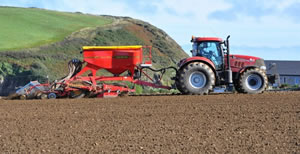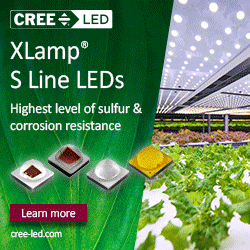Case IH forging ahead with ‘Farming 4.0'…but what is it?
 Jim Breen for Agriland: Case IH has publicly committed to aiding the development of digital agriculture by working with others in the industry to help farmers overcome barriers of adoption to new technologies.
Jim Breen for Agriland: Case IH has publicly committed to aiding the development of digital agriculture by working with others in the industry to help farmers overcome barriers of adoption to new technologies.
At a recent workshop on digitising European farming equipment – organised by EURACTIV, an independent international media network specialising in European policies – the vice president for Case IH Europe, Africa and Middle East, Thierry Panadero, spoke about how digital farming represents the natural development of what the precision farming era has begun.
“While precision farming has enabled farmers to more easily gather data, digital farming is now allowing them to develop the application of that data and make their businesses – and the whole industry of farming and food production – more targeted and efficient,” said Panadero.
“These digital technologies can help farmers to farm more sustainably, through systems such as AccuTurn, which automates headland turns and so minimises trafficked soil areas. Full Article:
Comments (0)
This post does not have any comments. Be the first to leave a comment below.
Featured Product

